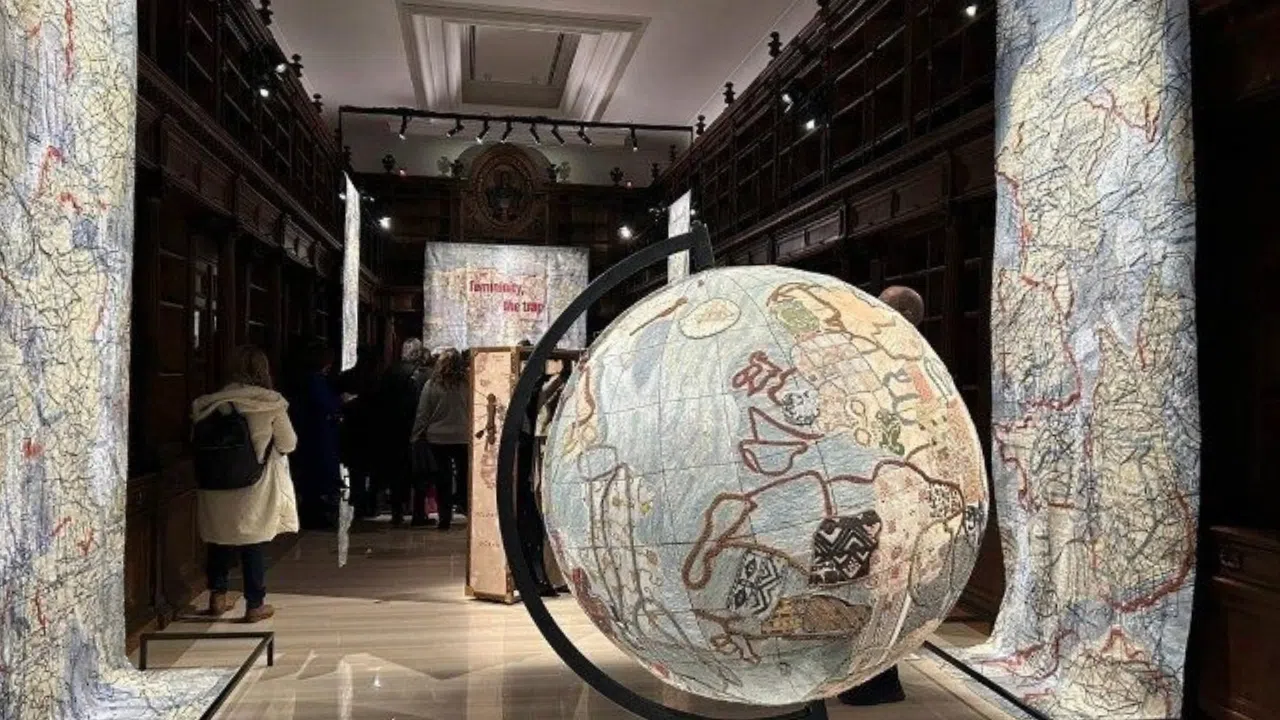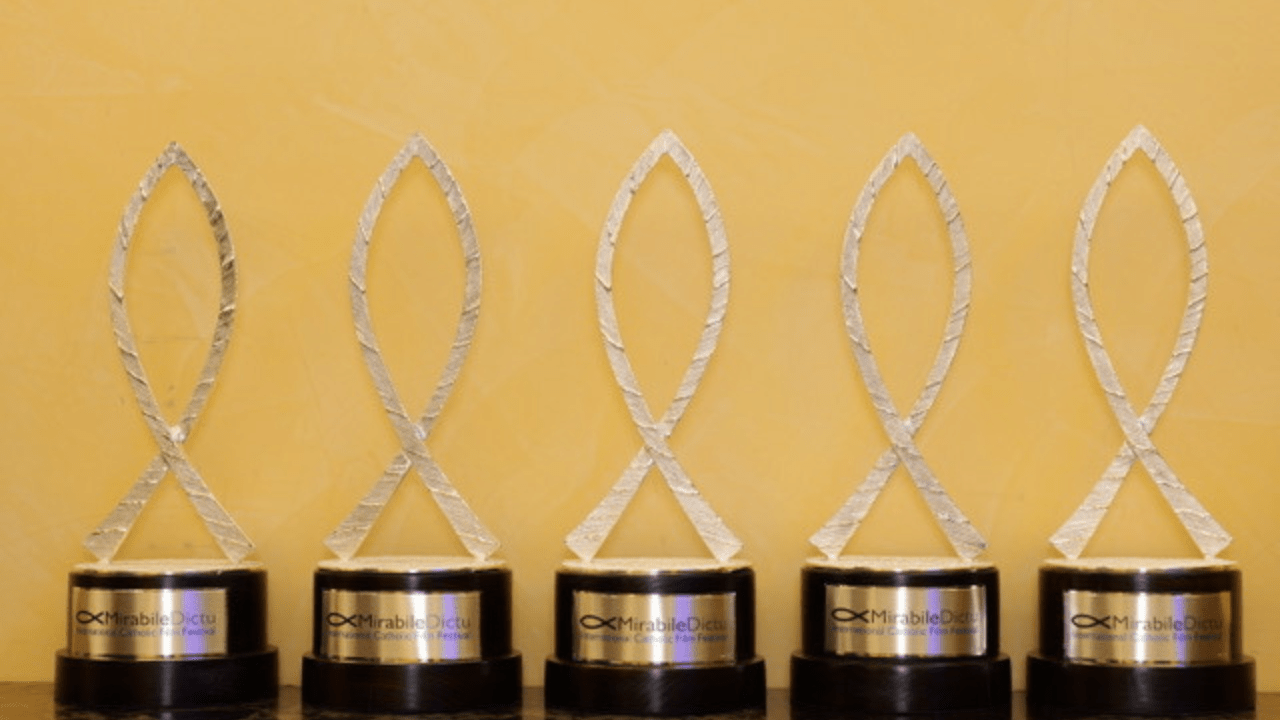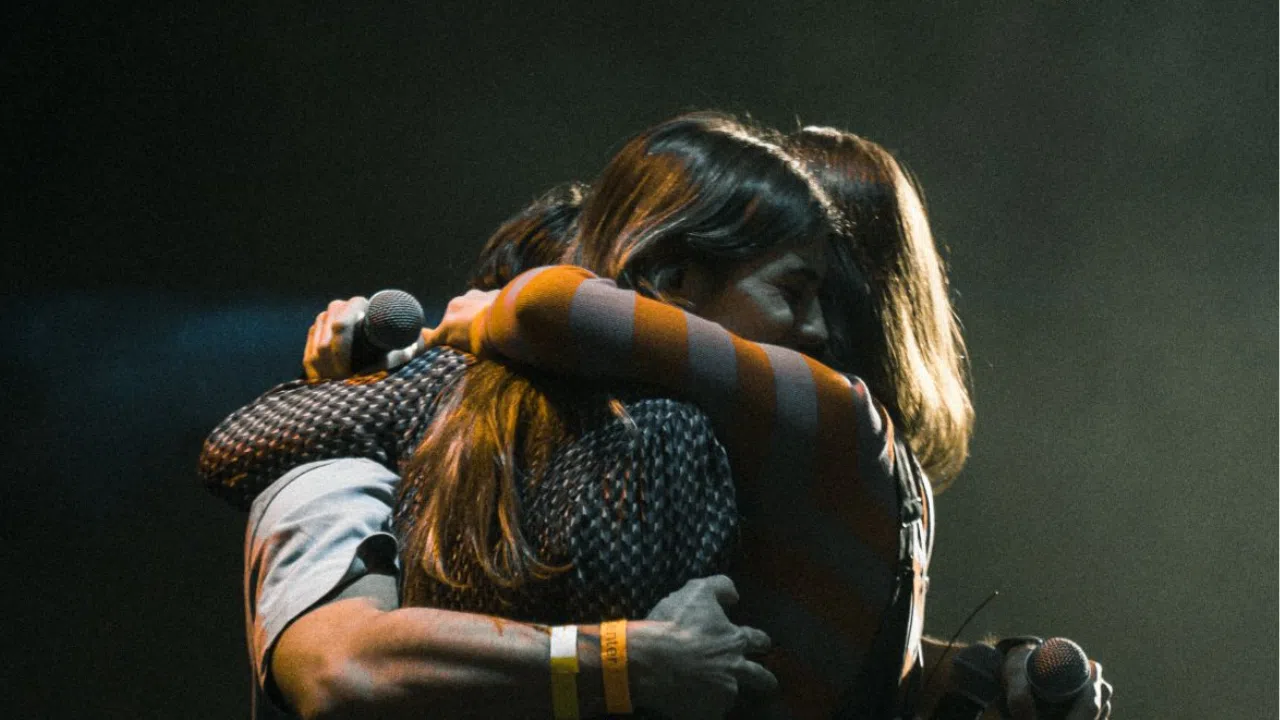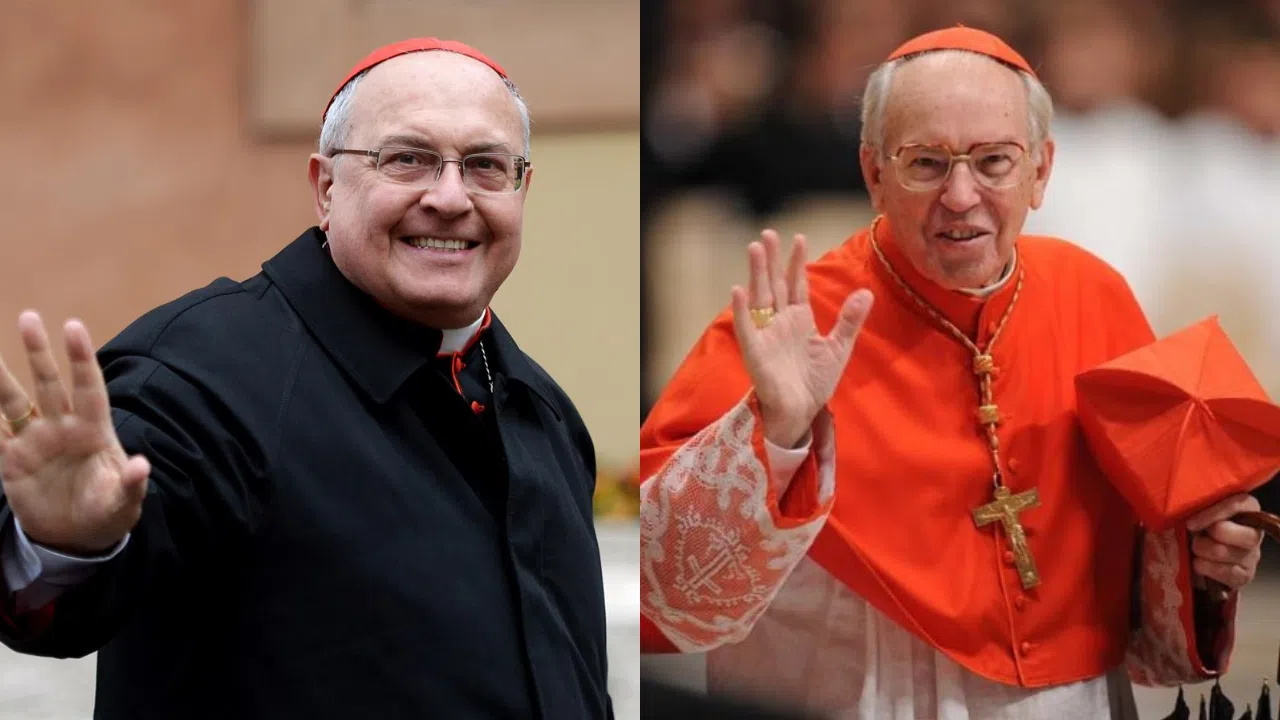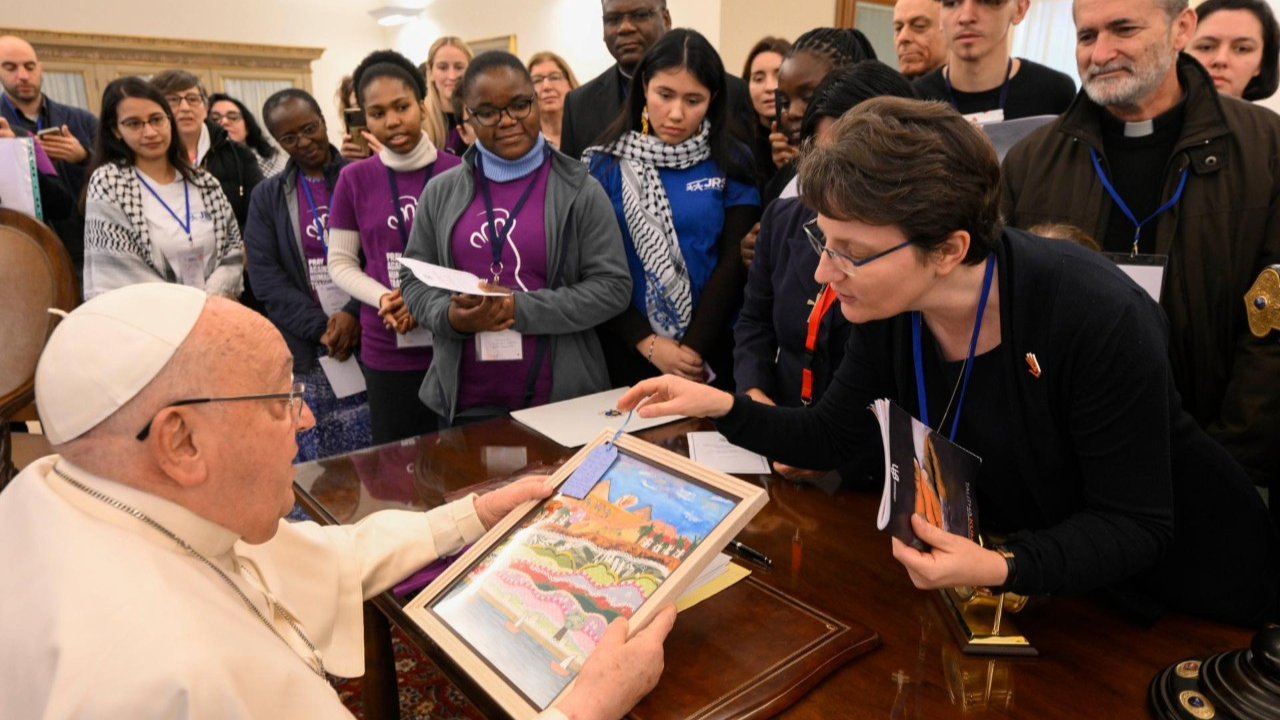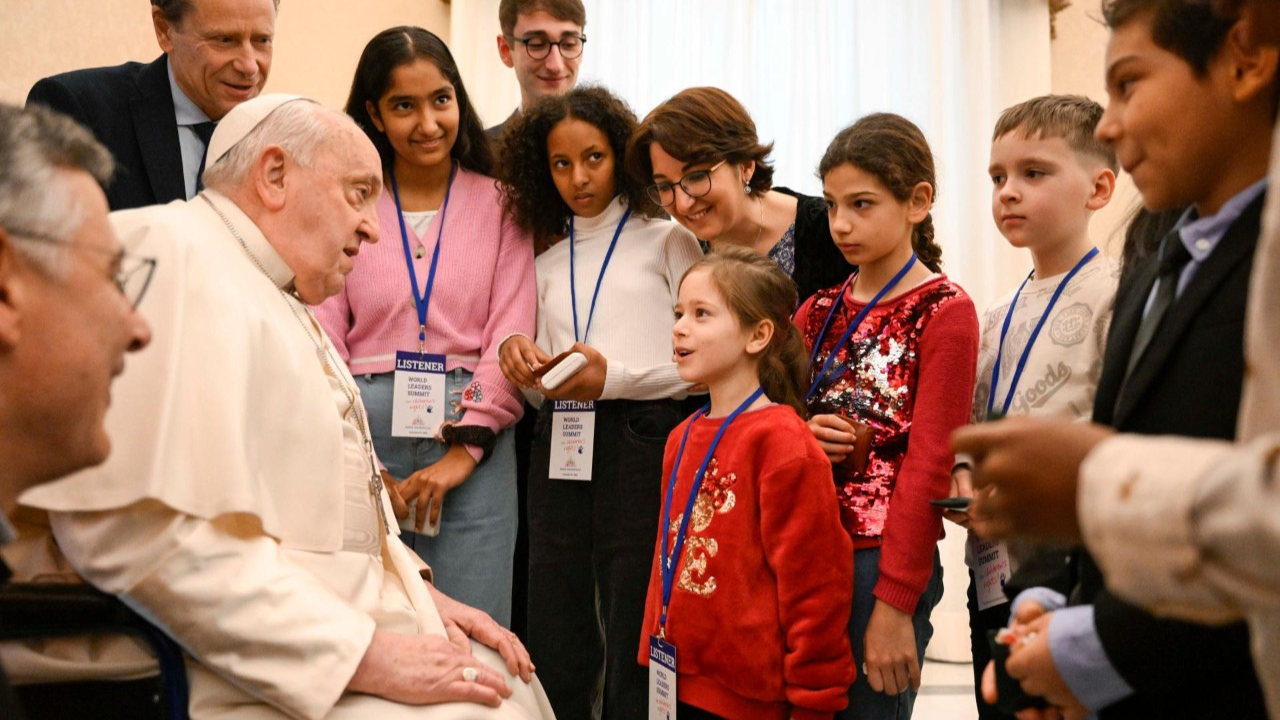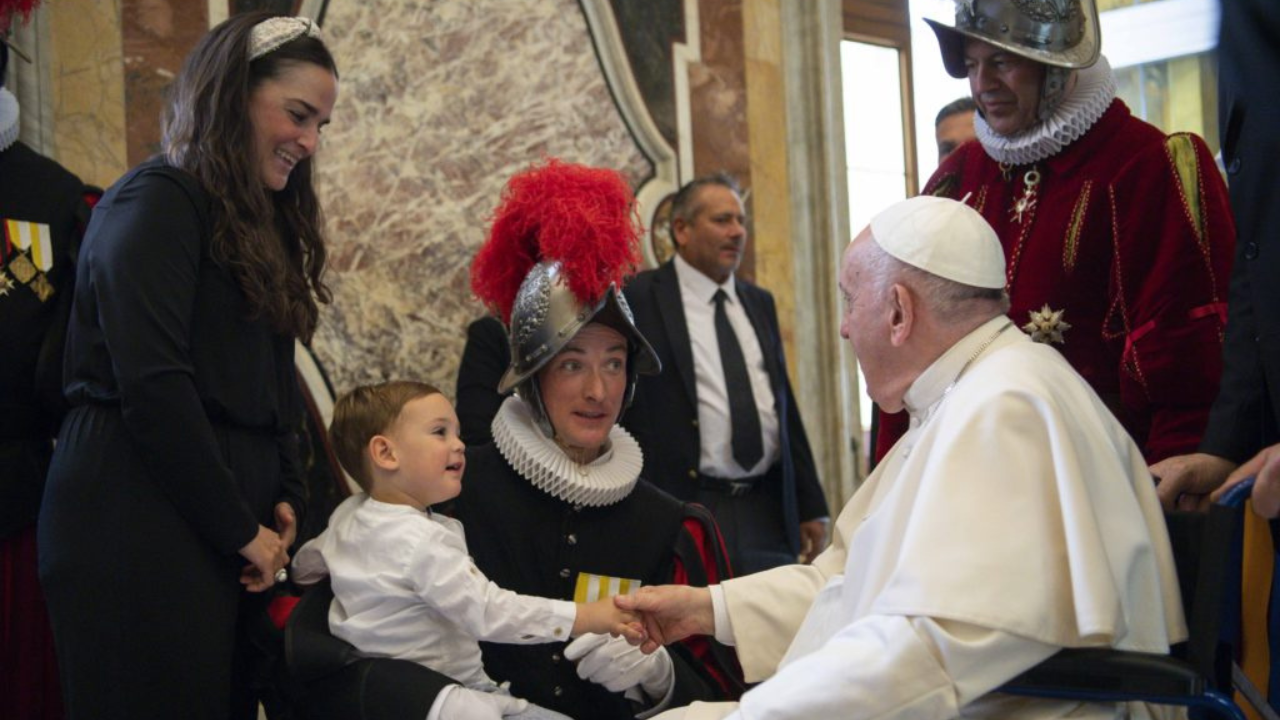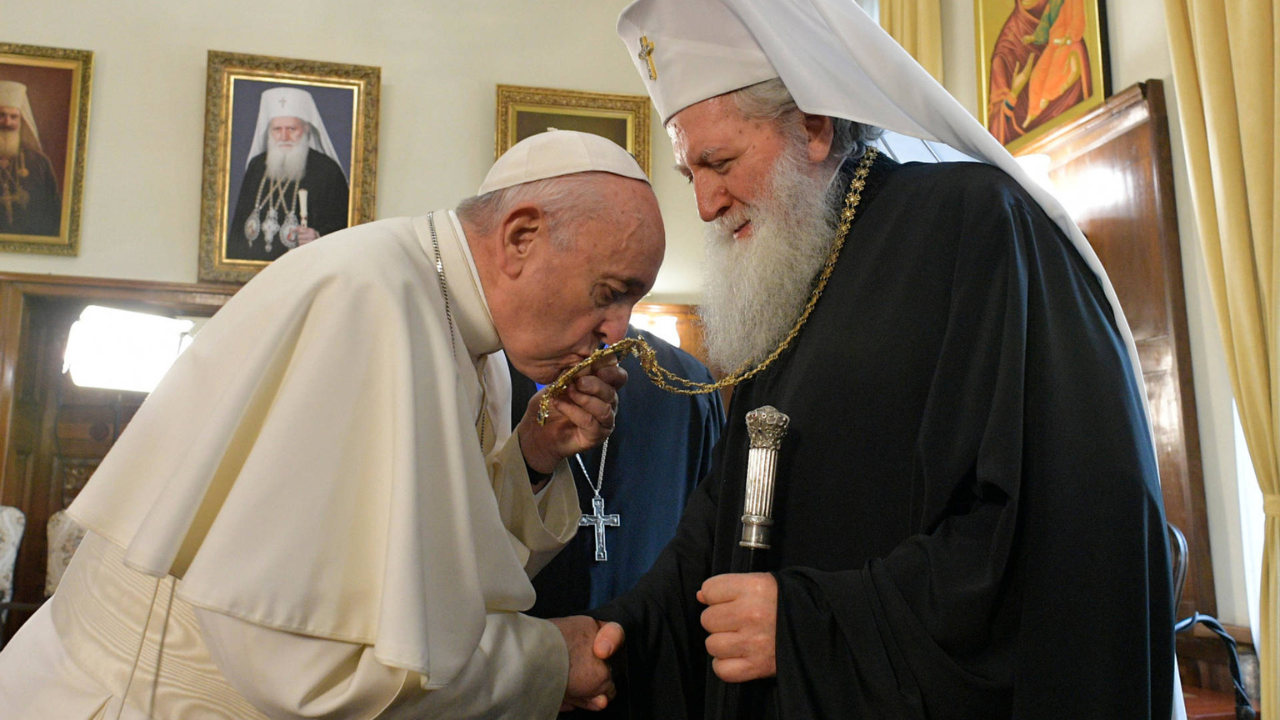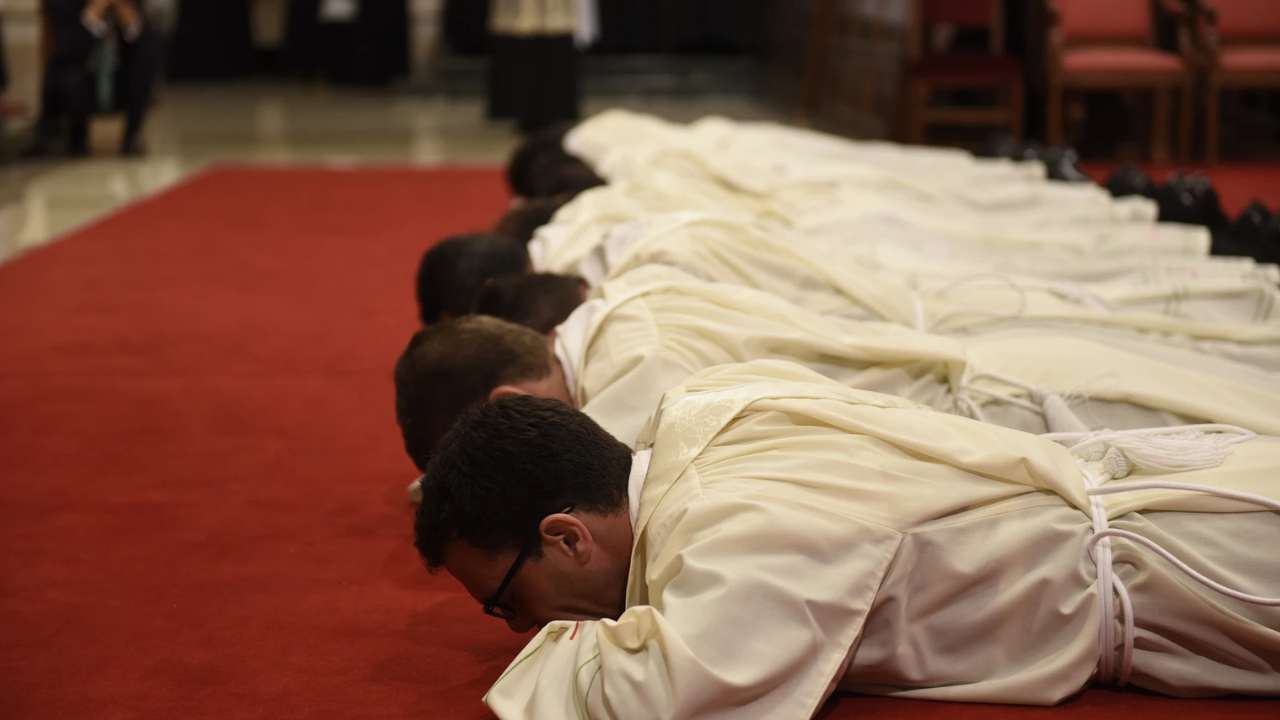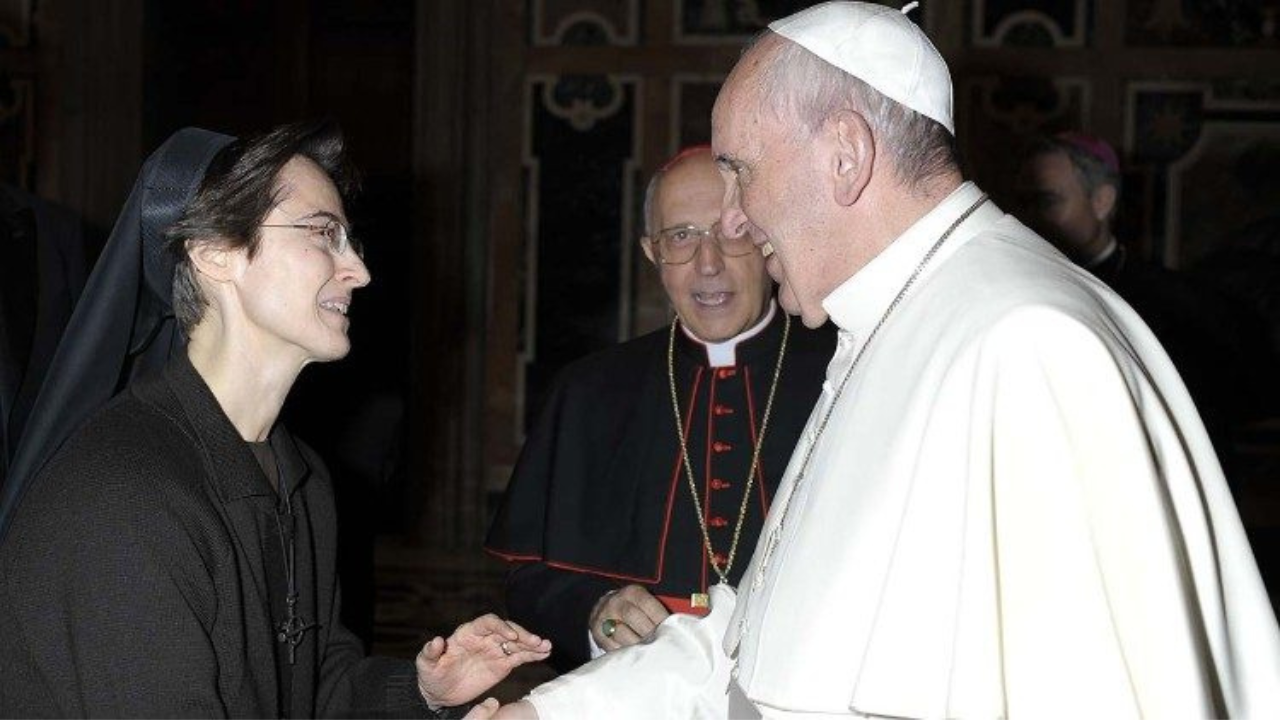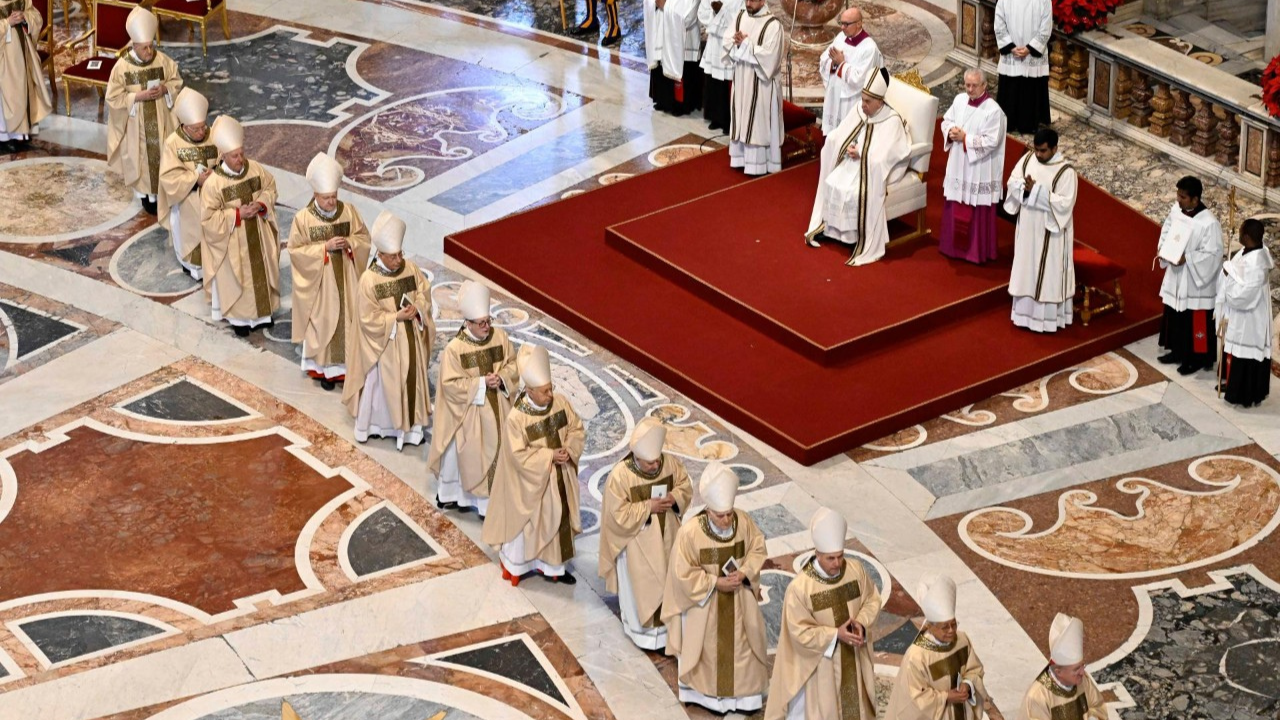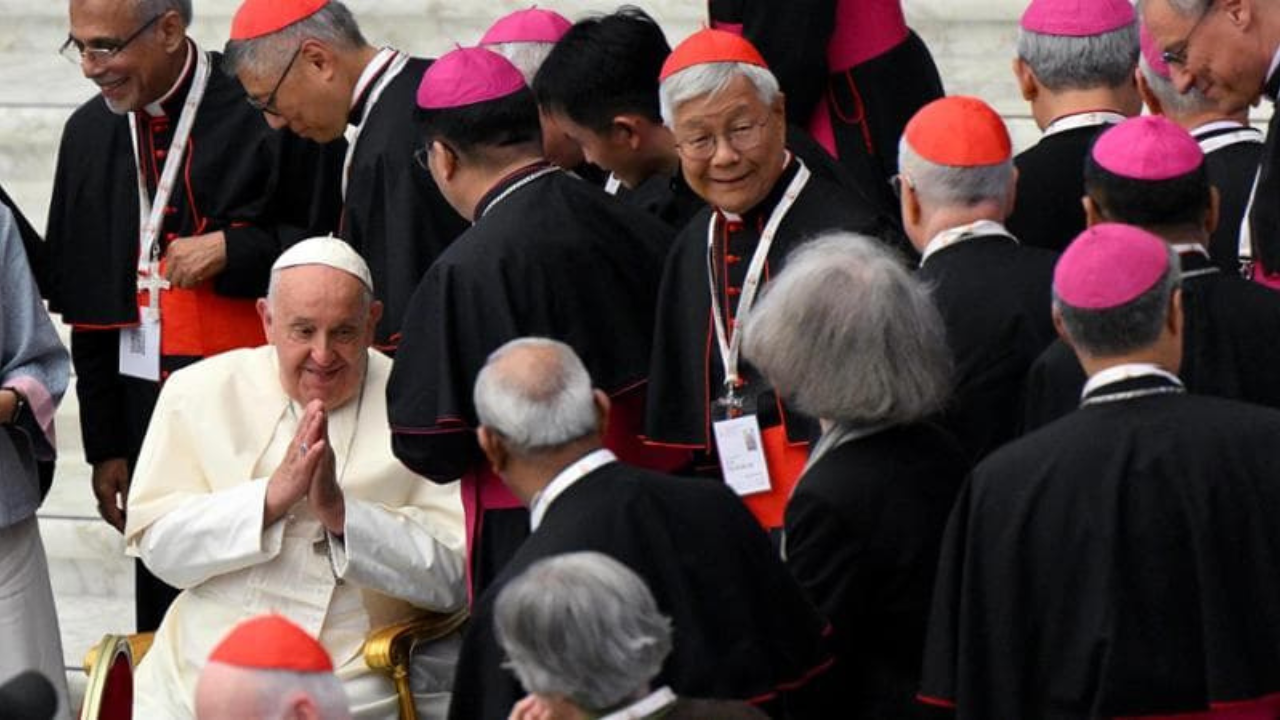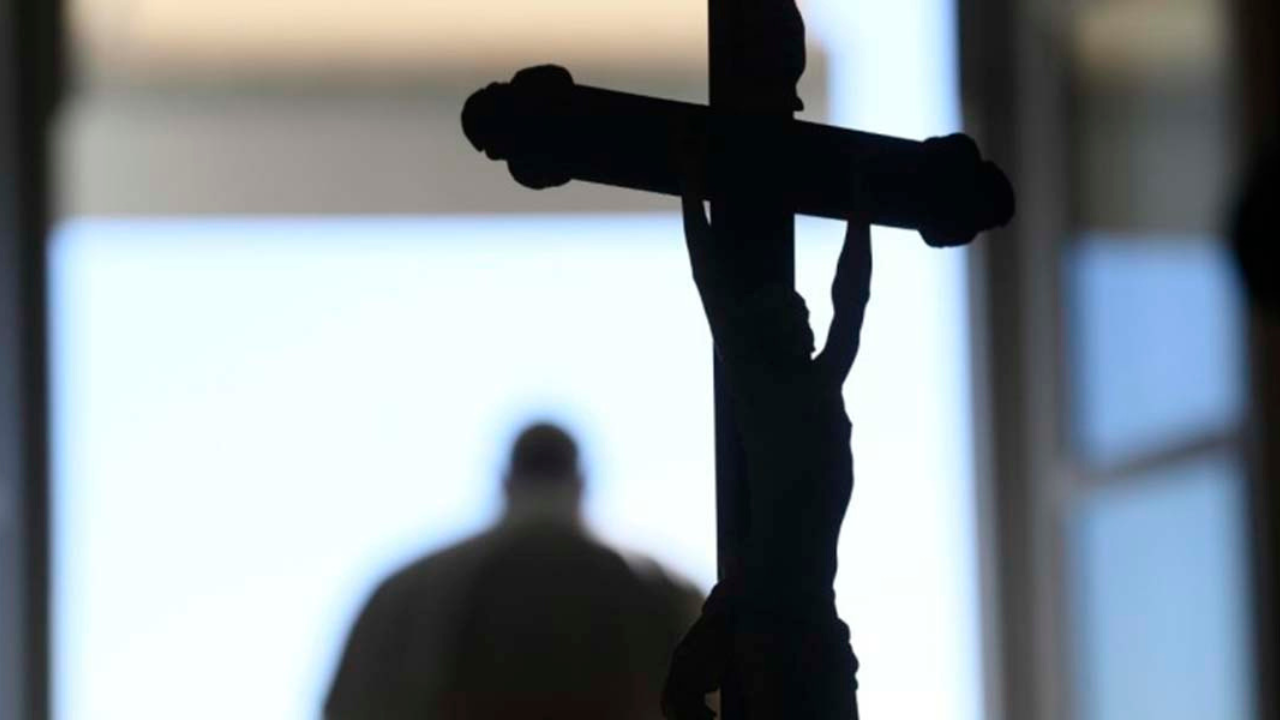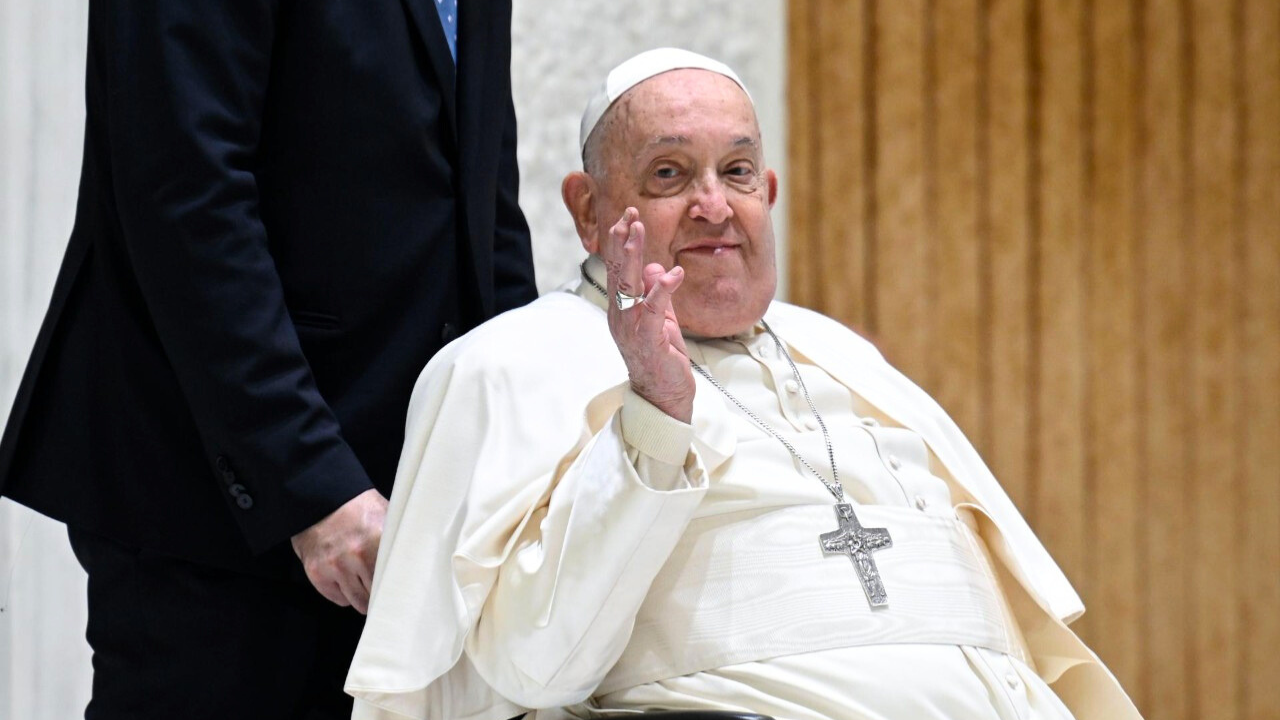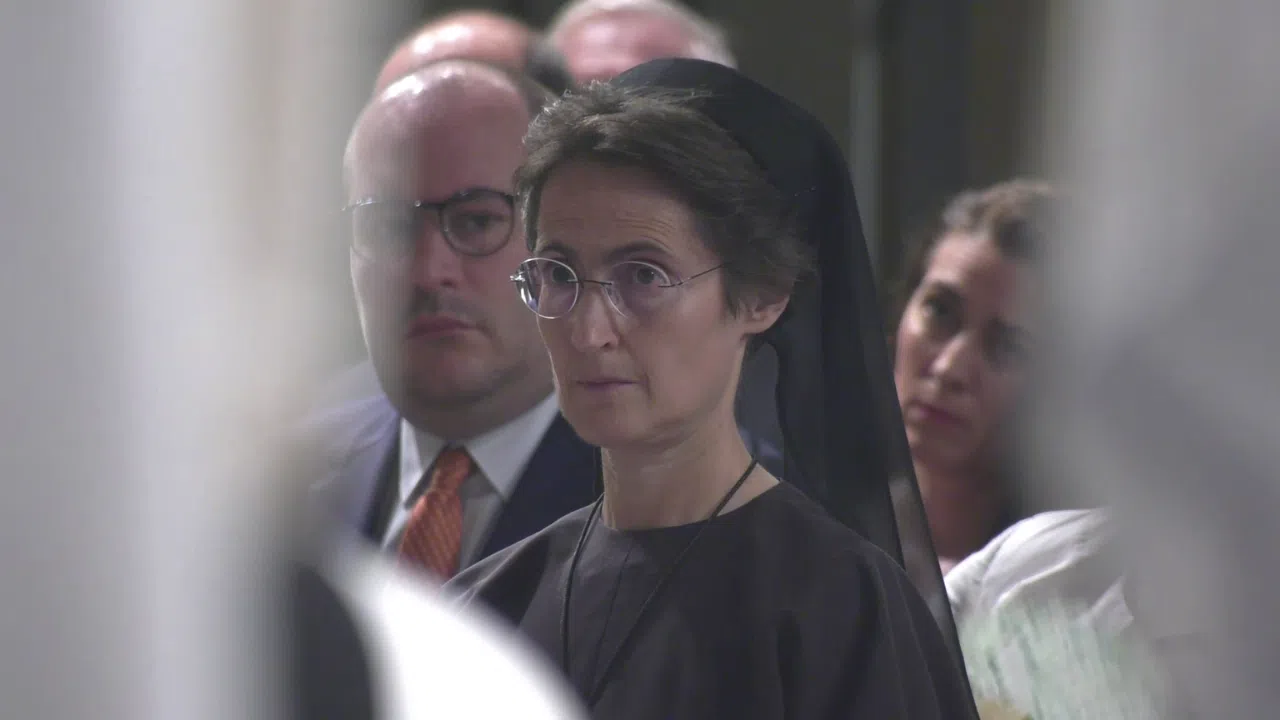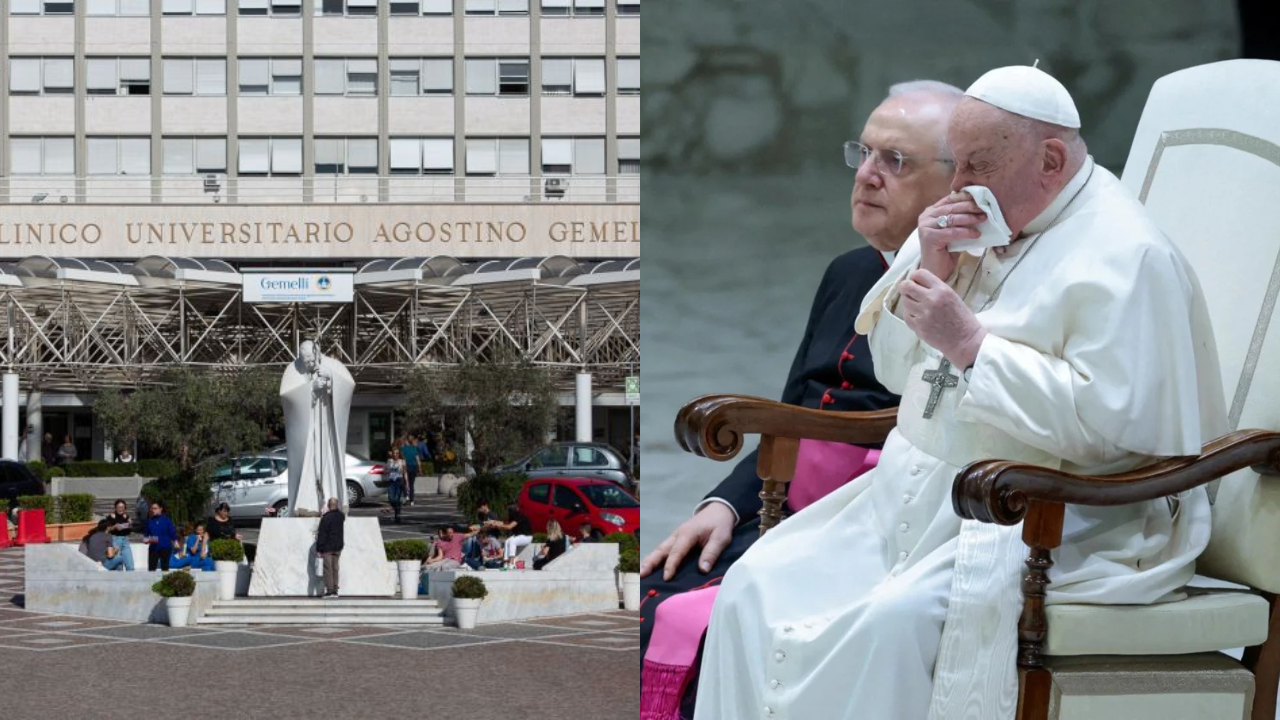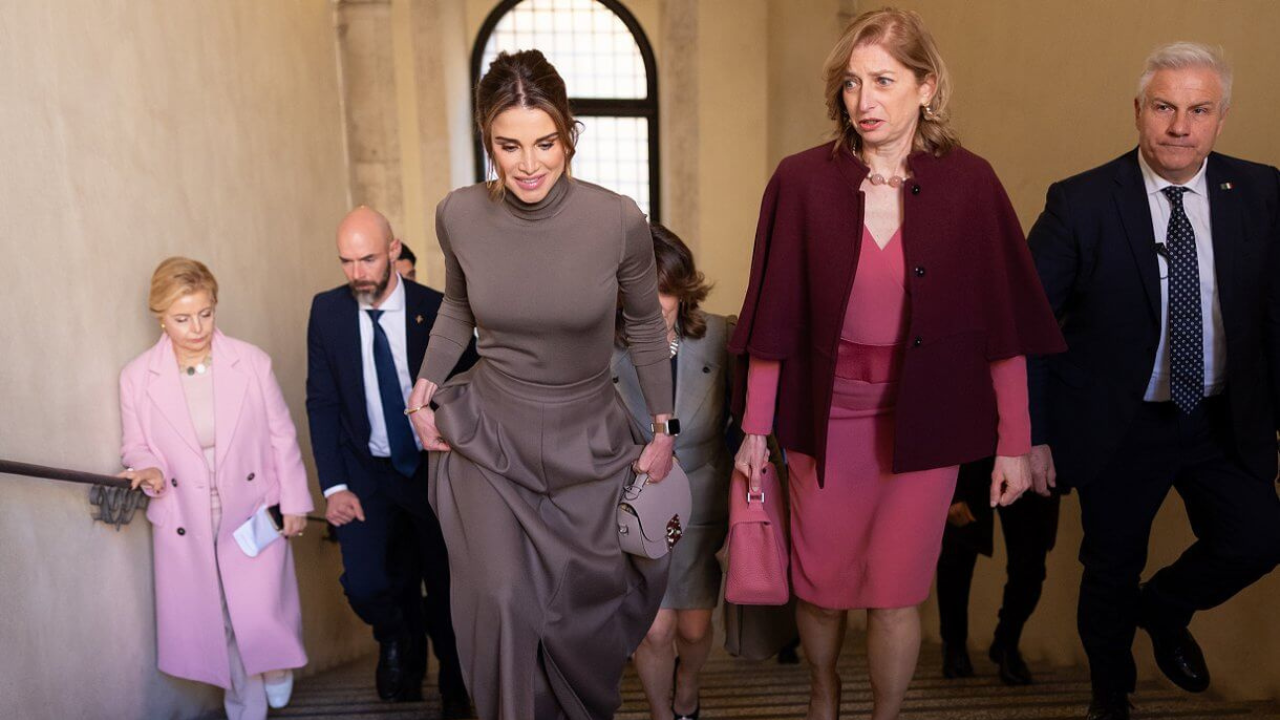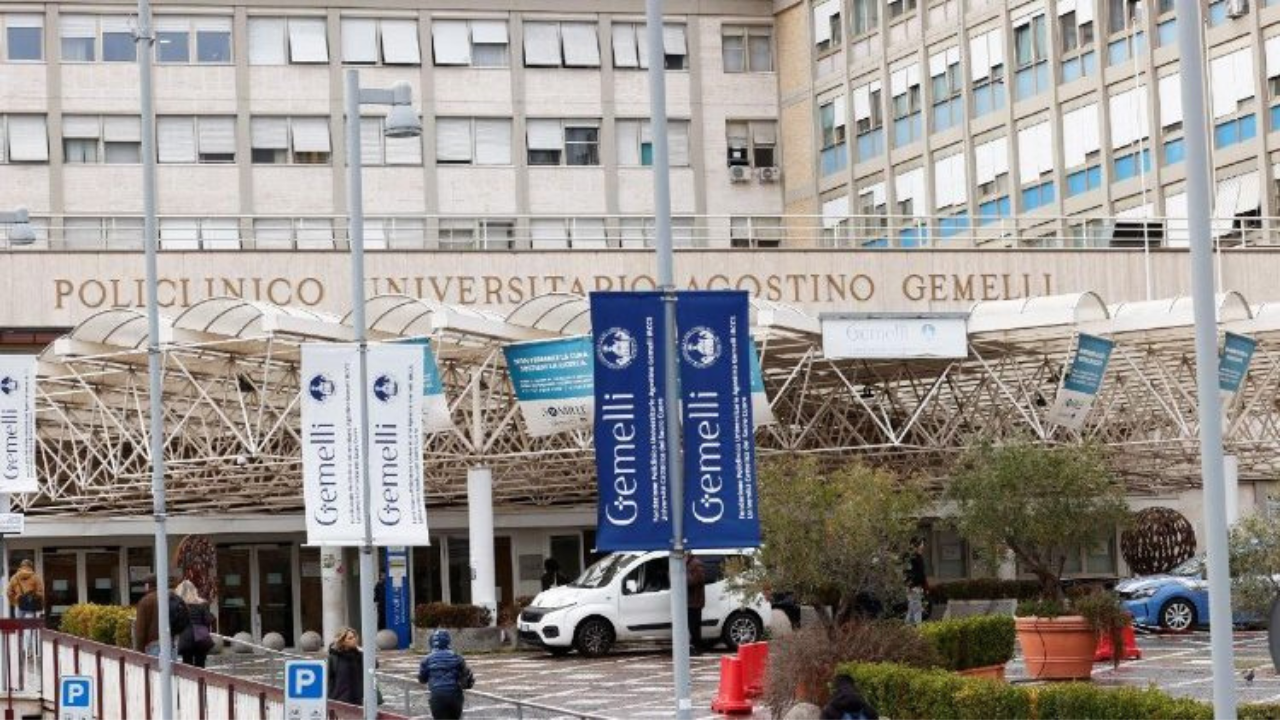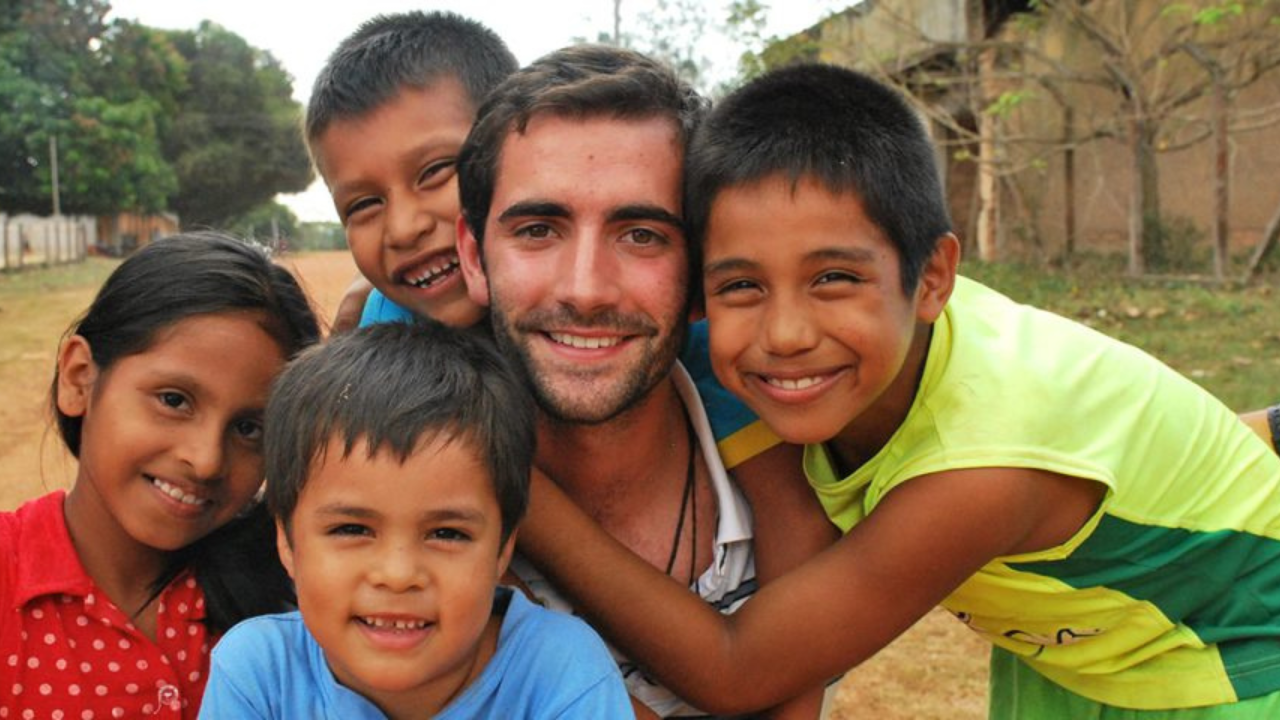This is perhaps one of the images that has impacted Pope Francis the most. It's a photograph taken by Joseph O'Donnell in 1945 that shows a boy carrying his dead brother over his back. This was taken after the United States dropped the atomic bomb on the Japanese city, Nagasaki.
The pope wanted to explain why this photo moves him so much. He spoke about it when he visited Chile in 2018.
POPE FRANCIS
“They're waiting their turn at the crematorium in Nagasaki the day after the bombing. It moved me when I saw it. I only dared to write 'the result of war.' I wanted to print and distribute it because a photo like that says more than a thousand words. I wanted to share this with you all.”
Pope Francis' trip to Japan will be marked by his firm position against nuclear arms.
Fr. Kajiyama knows the consequences that these weapons produce.
FR. YOSHIO KAJIYAMA
Director of Jesuit Social Center in Tokyo
“I don't know my grandfather, and I don't know one of my aunts; Hiroshima, my home town, was where the atomic bomb killed my grandfather and one of my aunts.”
This is why the Japanese Jesuit hopes the world will listen to Pope Francis' message from the country of the rising sun.
FR. YOSHIO KAJIYAMA
Director of Jesuit Social Center in Tokyo
“So, first of all, I'd like to welcome him for his peacemaking and reconciliation. I'd like Pope Francis to talk about peacemaking and reconciliation in Asia and abolition of nuclear weapons.”
Before Pope Francis, another Jesuit dedicated his life to advocating the dangers of nuclear arms against humanity. One of the people who survived the bombings, Fr. Arrupe later spent years as the superior general for the Society of Jesus.
FR. YOSHIO KAJIYAMA
Director of Jesuit Social Center in Tokyo
“He was a novice master in Hiroshima when an atomic bomb was released in Hiroshima. Fr. Arrupe knew how nuclear weapons destroy human beings and civilization.”
FR. PASCUAL CEBOLLADA S.J.
Jesuit General Postulator
“He even carried out some medical operations. All this was an important experience for him, as it signified the pain and suffering of humanity, which would influence his decisions as Jesuit leader.”
The beatification process for Fr. Arrupe began at the beginning of 2019. The documentation details, among other things, how he acted when the disaster occurred.
He wrote about this in his own book, “I Lived the Atomic Bomb.” There, Arrupe describes how the majority of people didn't even know what to call the bomb that had generated so much damage. The Jesuit, who studied medicine, risked his own life as well as the lives of his novices to create a hospital in their house where they tended to more than 150 injured people.
More than 70,000 people died on the day of the Hiroshima bombing. Another 200,000 suffered terrible injuries. By the end of 1945, the death toll had risen to 160,000 people.
Ángeles Conde/Rachel Dobrzynski
